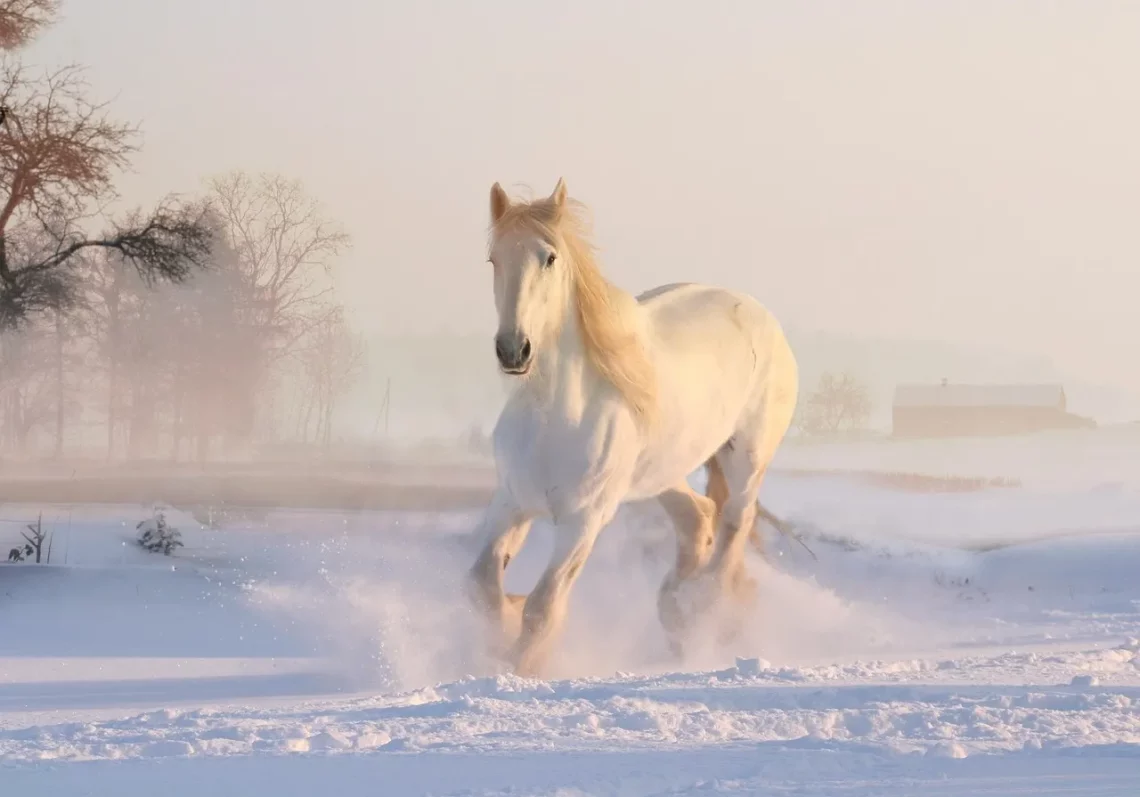
The Fascinating World of the Hairless Horse: Nature’s Unique Marvel
The hairless horse, a remarkable specimen of nature, captivates the imagination of both equine enthusiasts and casual observers alike. Unlike its traditionally furry counterparts, this unique breed showcases a striking appearance that raises questions about genetics, adaptation, and the evolutionary quirks of the animal kingdom. The hairless horse, often seen as a marvel of natural selection, has a history steeped in mystery and intrigue. The distinct lack of hair not only contributes to its unusual appearance but also serves as a fascinating subject for scientific study.
As we delve deeper into the world of the hairless horse, we uncover the underlying genetic factors that contribute to this rare trait. The absence of hair is often linked to specific genetic mutations, which can reveal insights into the complexities of heredity and the biological mechanisms at play in various species. Additionally, the environmental adaptations of hairless horses prompt discussions about how creatures adjust to their habitats and the potential advantages or disadvantages they may face in the wild.
Ultimately, the story of the hairless horse is not just about its physical characteristics; it also invites us to reflect on the broader themes of biodiversity, conservation, and the role of human intervention in shaping the natural world. With a blend of scientific inquiry and a touch of wonder, the hairless horse embodies the intricate tapestry of life that surrounds us, reminding us of the many marvels that nature has to offer.
The Genetics Behind Hairlessness
Understanding the genetics of the hairless horse provides crucial insights into this fascinating breed. The trait of hairlessness is often the result of specific genetic mutations that affect hair follicle development. One prominent example is the mutation in the KRT17 gene, which plays a vital role in the formation of hair and skin. When this gene is altered, it can lead to a lack of hair growth, resulting in the distinct appearance of the hairless horse.
These mutations are not exclusive to horses; they can also be found in various other species, indicating that hairlessness is a phenomenon observed across the animal kingdom. However, the hairless horse stands out due to its unique aesthetic appeal and the specific challenges it faces in terms of health and care.
Breeding practices have played a significant role in the propagation of hairless traits among horses. Selective breeding, aimed at enhancing desirable characteristics, has contributed to the emergence of this unique breed. However, it is essential to approach this practice with caution. Overemphasis on specific traits can lead to genetic bottlenecks, potentially increasing the risk of hereditary health issues. Therefore, breeders must prioritize the overall health and well-being of the horses, rather than focusing solely on the hairless trait.
In addition to genetic factors, environmental influences also play a role in the development and survival of hairless horses. For instance, these horses may require specialized care to protect their skin from sunburn and temperature fluctuations. Understanding the interplay between genetics and environment is crucial for ensuring the health of hairless horses and providing them with a suitable habitat.
In conclusion, the genetics behind hairlessness in horses is a multifaceted topic that combines elements of evolutionary biology, genetics, and animal husbandry. As we continue to explore this unique trait, it is essential to maintain a holistic approach that considers both the genetic and environmental aspects of these remarkable animals.
Health Considerations for Hairless Horses
Caring for a hairless horse involves addressing specific health considerations that arise due to their unique physiology. One of the primary concerns is skin health. Without a coat to protect them, hairless horses are more susceptible to sunburn and skin irritations. Owners must take proactive measures to safeguard their horses from harmful UV rays, which include applying sunscreen designed for animals and providing adequate shade during peak sunlight hours.
Moreover, hairless horses can experience temperature regulation challenges. With a lack of insulating hair, they may struggle to maintain their body temperature in extreme weather conditions. In colder climates, it’s essential to provide appropriate blankets and shelter to keep them warm. Conversely, in hot weather, ensuring access to cool water and shade becomes crucial to prevent overheating.
Another significant health aspect to consider is the potential for skin infections. Hairless horses may have more exposed skin, making them vulnerable to bacterial and fungal infections. Regular grooming, skin checks, and appropriate veterinary care are vital to maintaining their overall health. Owners should work closely with their veterinarians to establish a comprehensive care routine that addresses these specific needs.
Nutrition also plays a critical role in the health of hairless horses. A balanced diet rich in essential nutrients can support skin health and overall well-being. Omega fatty acids, for example, are known to promote healthy skin and coat, which can be beneficial even for hairless breeds. Providing high-quality forage and considering supplements can aid in maintaining their health.
While hairless horses can thrive with the proper care, it is essential for prospective owners to be aware of these unique health challenges. Understanding and addressing the specific needs of hairless horses ensures they lead happy, healthy lives.
The Ecological Impact of Hairless Horses
The ecological impact of hairless horses is a topic that invites exploration of how such a unique breed fits into its environment. While hairless horses may be seen as a rare novelty, their presence in ecosystems can have both positive and negative implications. Understanding these impacts requires a closer look at their role in biodiversity and interactions with other species.
One significant aspect to consider is the potential for hairless horses to adapt to their environments. In regions where these horses are found, their unique characteristics may allow them to exploit specific ecological niches. For example, their lack of hair may enable them to thrive in warmer climates where traditional breeds may struggle. This adaptability could contribute to the overall health of the ecosystem by promoting diversity among equine populations.
However, the introduction of hairless horses into new environments can also pose challenges. If these horses are not native to a particular area, they may compete with local wildlife for resources. This competition could disrupt existing ecosystems and potentially lead to declines in native species. Therefore, it is essential to approach the breeding and introduction of hairless horses into new habitats with caution.
Furthermore, the conservation of unique breeds such as the hairless horse raises questions about human intervention in the natural world. While breeding programs may aim to preserve genetic diversity, they must also consider the long-term ecological impacts. Responsible breeding practices should prioritize not only the health of the breed but also the balance of the ecosystems in which they live.
In summary, the ecological impact of hairless horses is a complex issue that warrants careful consideration. As we explore the fascinating world of this unique breed, it is vital to recognize the interconnectedness of species and the importance of preserving biodiversity while promoting responsible breeding practices.
In conclusion, the hairless horse represents a remarkable intersection of genetics, health, and ecology. This unique breed not only captivates our imagination but also challenges us to think critically about the role of such animals in our world.
*Disclaimer: This article is for informational purposes only and does not constitute medical advice. For any health-related concerns, please consult a qualified healthcare professional.*




